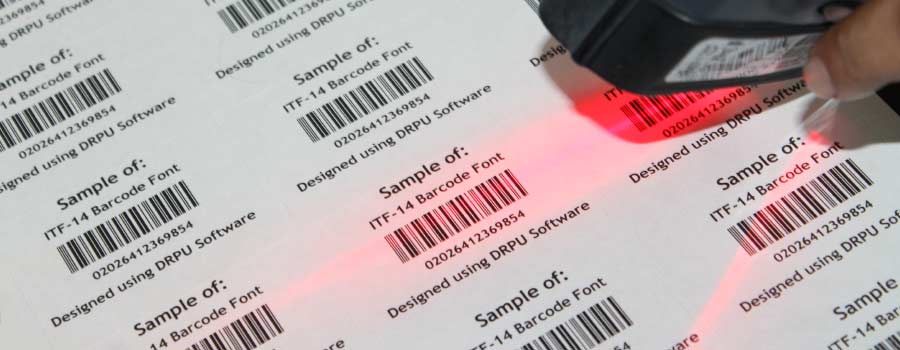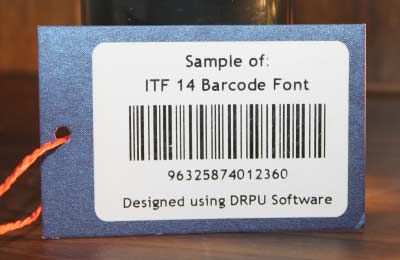Scanning, Usage, and Cost Implementation of ITF-14 Barcode
ITF-14 barcodes can be read by a wide range of devices, including barcode scanners, smartphones, and other mobile devices. In this article, we will explore the different types of devices that can read ITF-14 barcodes, how they work, and their advantages and disadvantages.
👤 Author: Teachable Tech
📅 Published Date: 15/05/2023

Barcode Scanners
Barcode scanners are specialized devices that are designed to read barcodes. They come in a variety of types, including handheld, fixed-mount, and mobile barcode scanners. Barcode scanners work by using a laser or LED light to read the bars and spaces in the barcode and convert them into a digital signal that can be interpreted by a computer or other device.
-
Handheld barcode scanners are the most common type of barcode scanner and are often used in retail environments. They are designed to be held in the hand and can be moved across the barcode to scan it. Handheld barcode scanners are lightweight, portable, and easy to use, making them ideal for scanning ITF-14 barcodes in a variety of settings.
-
Fixed-mount barcode scanners are designed to be mounted in a fixed position, such as on a conveyor belt or in a warehouse. They can scan ITF-14 barcodes as products move past them, making them ideal for high-volume scanning applications.
-
Mobile barcode scanners are handheld devices that are designed to be used with smartphones or other mobile devices. They are often used by field workers, such as delivery drivers, who need to scan ITF-14 barcodes in remote locations.
| Accurate and Reliable: | Barcode scanners are designed to read barcodes quickly and accurately, reducing the risk of errors caused by manual data entry. |
|---|---|
| Fast: | Barcode scanners can scan ITF-14 barcodes in a matter of seconds, making them ideal for high-volume scanning applications. |
| Easy to Use: | Barcode scanners are easy to use, requiring minimal training to operate. |
| Cost: | Barcode scanners can be expensive, particularly for high-end models. |
|---|---|
| Limited Mobility: | Handheld barcode scanners are mobile but have limited range, while fixed-mount scanners are not portable and can only scan products as they move past them. |
Smart Phones and Mobile Devices
Smart phones and other mobile devices can also be used to scan ITF-14 barcodes using a barcode scanning app. Barcode scanning apps use the camera on the mobile device to scan the barcode and convert it into a digital signal that can be interpreted by a computer or other device.
Barcode scanning apps are available for both IOS and Android devices and can be downloaded from the App Store or Google Play Store. They are typically free or low-cost and can be used on a wide range of mobile devices, making them a cost-effective option for small businesses and individuals.
| Cost-effective: | Barcode scanning apps are typically free or low-cost, making them an affordable option for small businesses and individuals. |
|---|---|
| Portable: | Smart phones and other mobile devices are portable and can be used to scan ITF-14 barcodes in a variety of settings. |
| Easy to Use: | Barcode scanning apps are easy to use and require minimal training to operate. |
| Limited Range: | Mobile devices have a limited range, making them less suitable for scanning barcodes in high-volume applications. |
|---|---|
| Limited Accuracy: | The quality of the camera on the mobile device can affect the accuracy of the barcode scanning app, particularly in low-light conditions. |
Conclusion:- In conclusion, ITF-14 barcodes can be read by a wide range of devices, including barcode scanners, smart phones, and other mobile devices. Barcode scanners are the most accurate and reliable option for scanning ITF-14 barcodes but can be expensive, while smart phones and mobile devices are a cost-effective alternative but have limited range.
